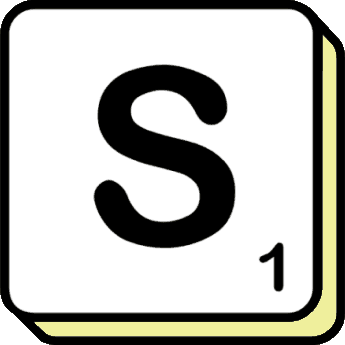Homophones and Homographs
Author: Brian Bowman
Date Published: 19 September 2023
Language is a fascinating tapestry of sounds, spellings, and meanings, interwoven to create a myriad of expressions. Among the linguistic wonders that intrigue language enthusiasts are homophones and homographs. These linguistic phenomena present us with intriguing word pairs that sound alike or share the same spelling but convey entirely different meanings. In this blog post, we will embark on an exciting journey into the world of homophones and homographs, unraveling their mysteries, exploring their significance, and discovering the playful interplay between sound and spelling.

Understanding Homophones
The Harmony of Sound
Homophones are words that share the same pronunciation but have different meanings and, sometimes, different spellings. For example, "see" and "sea," "two" and "to," and "flower" and "flour" are all homophones. The similarity in sound can lead to amusing wordplay and occasional misunderstandings.
Contextual Clarity
The context in which homophones are used becomes crucial in understanding their intended meanings. Context provides the necessary cues to disambiguate these sound-alike words.
Unraveling Homographs
The Visual Symphony
Homographs, on the other hand, are words that share the same spelling but may have different pronunciations and meanings. These words add another layer of complexity to language, as their pronunciation can vary depending on the context in which they are used.
Diverse Meanings
Homographs can have strikingly different meanings despite having the same written form. For instance, "bow" can mean a curved weapon used for shooting arrows or a gesture of respect, depending on its pronunciation.
Homophones and Homographs in Literature and Language
Wordplay and Puns
Writers and comedians often employ homophones and homographs to create wordplay and puns that amuse and engage readers and audiences. Clever use of these linguistic devices adds humor and depth to their creations.
Ambiguity in Communication
Homophones and homographs can occasionally lead to ambiguity in communication, especially in written text. This is why careful attention to context is essential for accurate interpretation.
Language Learning and Communication
Vocabulary Enrichment
Learning about homophones and homographs expands one's vocabulary and enhances linguistic knowledge. Understanding these word pairs allows individuals to navigate language with finesse.
Improving Language Skills
Knowing how to differentiate between homophones and homographs sharpens language skills, leading to clearer and more effective communication.
Tips to Navigate Homophones and Homographs
Context is Key
Pay attention to the context in which homophones and homographs are used. It will provide vital clues to their intended meanings.
Practice and Exposure
Regular exposure to different homophones and homographs, as well as their context of use, will help you become more familiar with their nuances.
Conclusion
Homophones and homographs are linguistic marvels that remind us of the complexity and versatility of language. As we explore the world of these sound-alike and look-alike words, we encounter a delightful interplay between sound and spelling. Embracing homophones and homographs enriches our language skills, broadens our vocabulary, and enhances our ability to communicate with precision and flair. So, let us revel in the playful symphony of homophones and homographs, navigating the intricacies of language with joy and curiosity, and celebrating the multifaceted beauty of the words that surround us.
